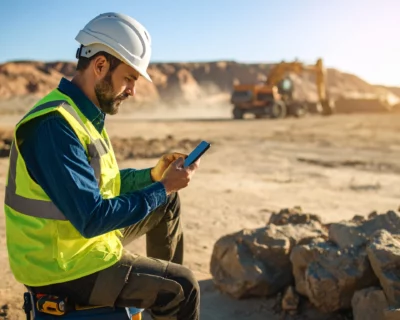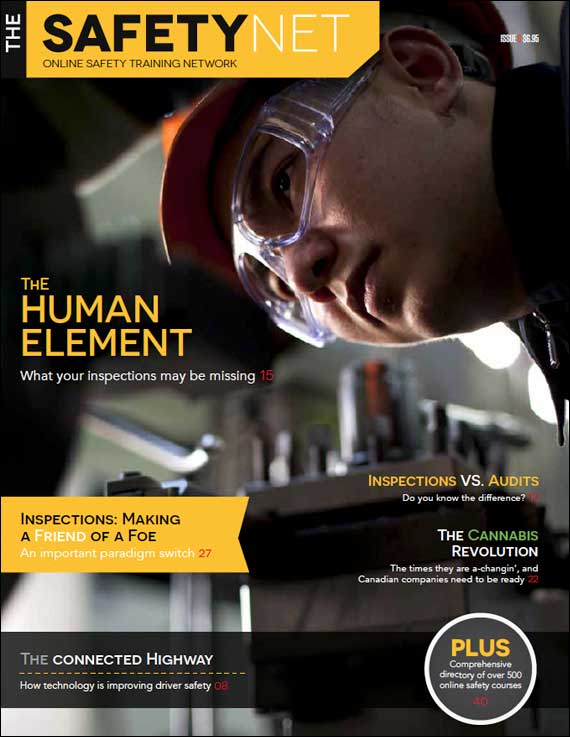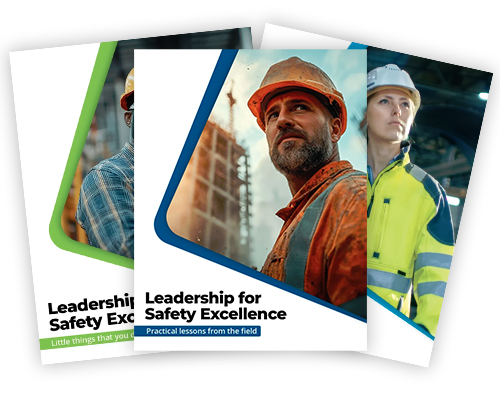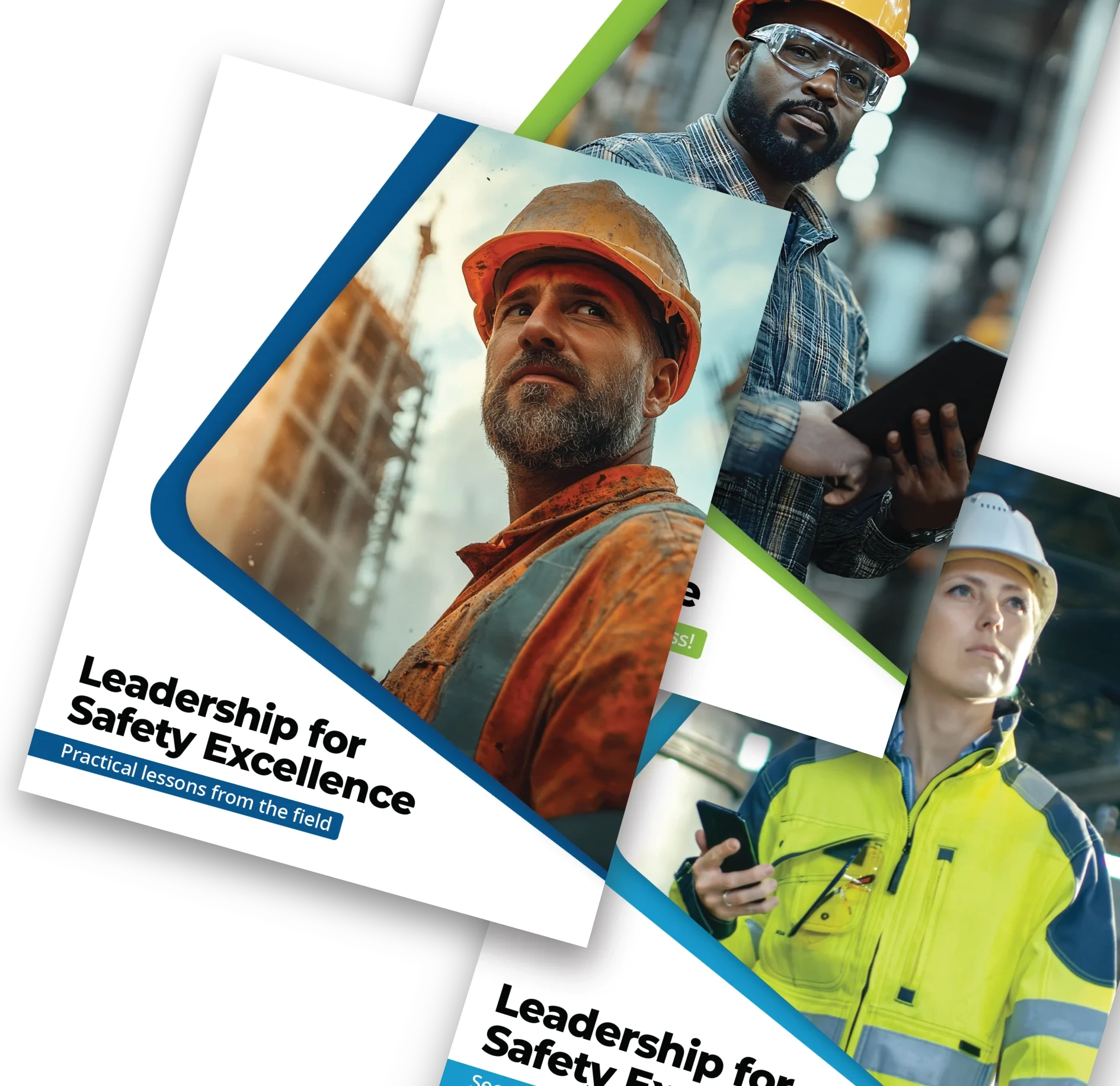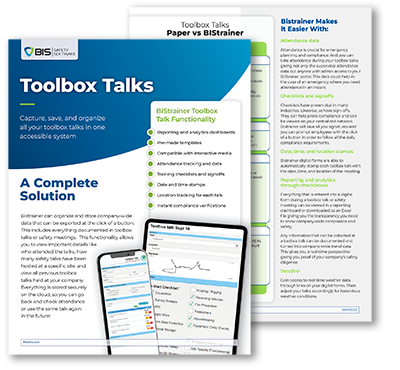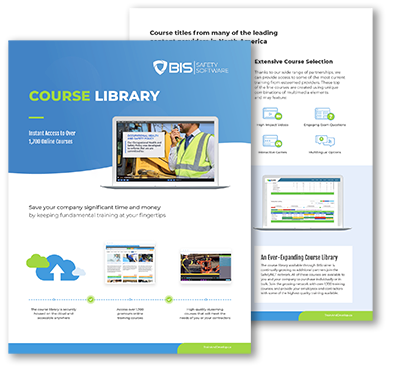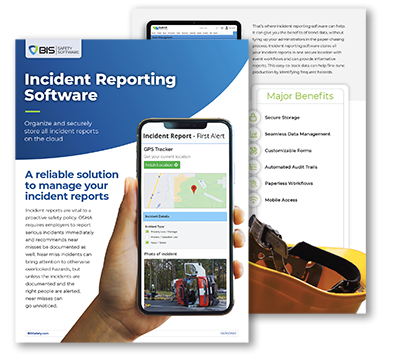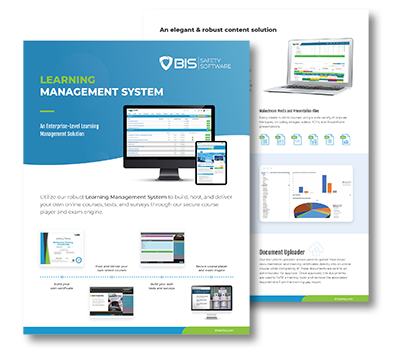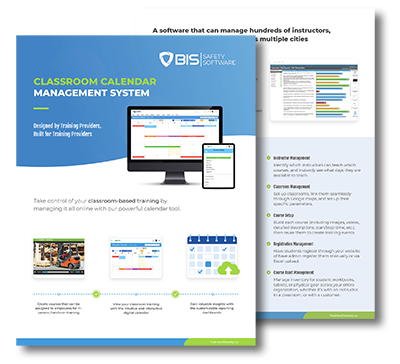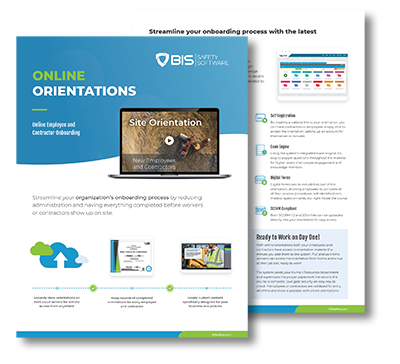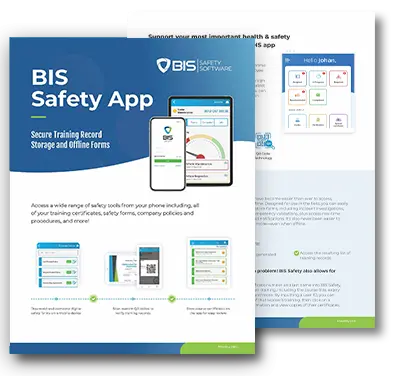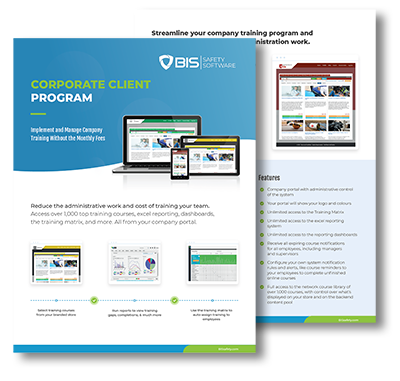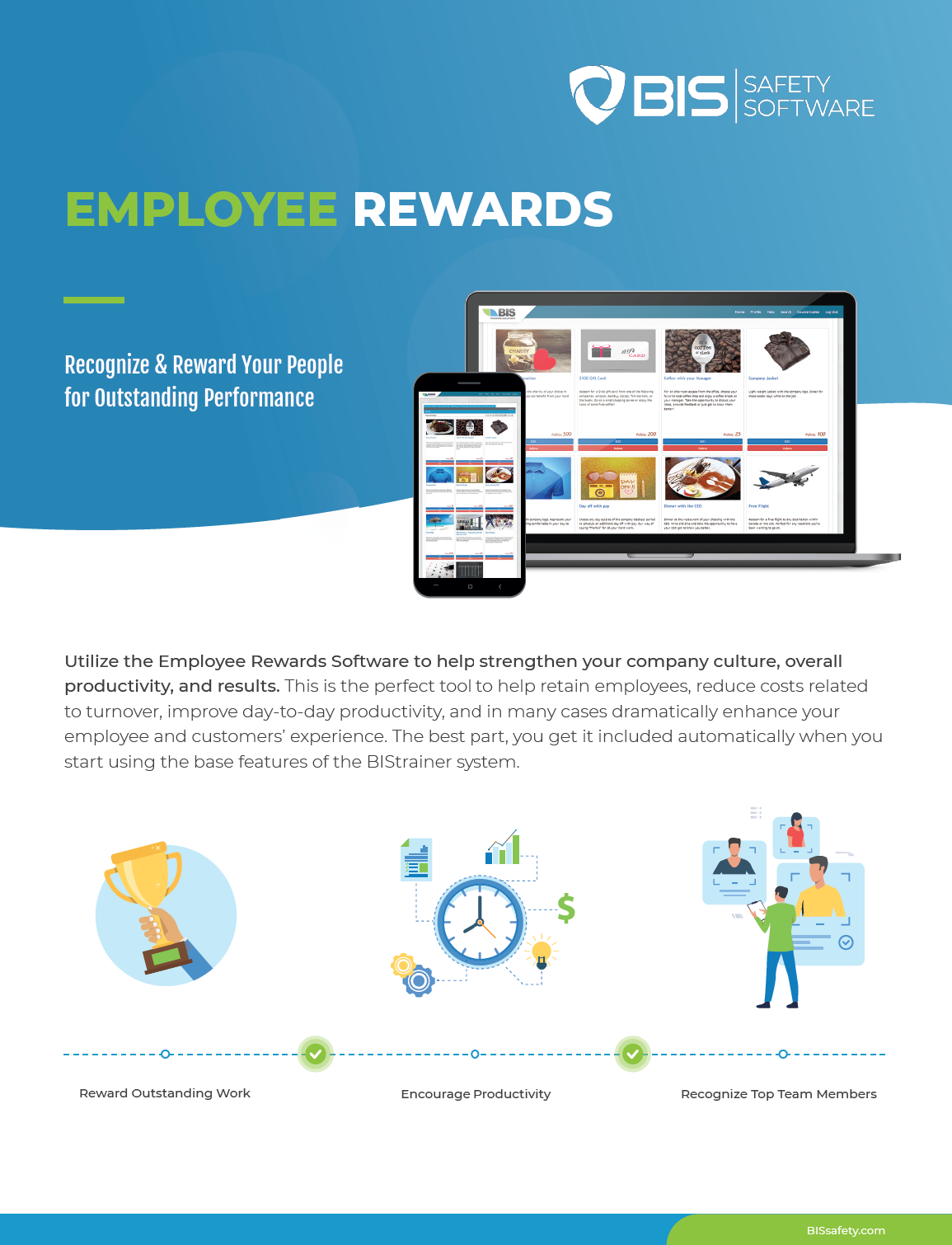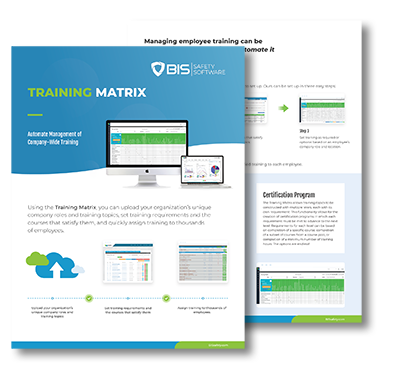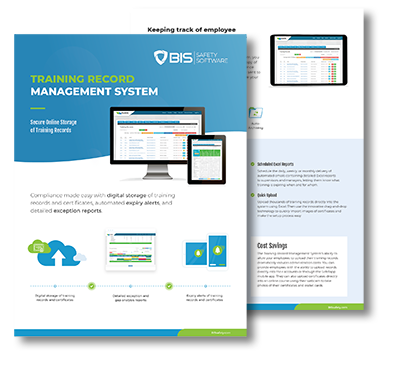
From Hardwood to Hard Hat: What Steve Nash Can Teach Us About Safety Training
The unlikely overlap between an NBA icon and the future of frontline safety.
Steve Nash wasn’t built for basketball stardom. He was slight, underestimated, and skipped over. A wiry point guard out of Victoria, B.C., without the raw athleticism that typically defines greatness. Yet Nash defied expectations—not by brute force, but by embracing a lesser-known edge: deliberate practice. A style of training focused on refinement, not repetition. On discomfort, not convenience. That same mindset is starting to catch fire in an unexpected space: industrial safety.
A Safety Manager with a Roughneck Resume
Accidental Safety Leaders often bring surprising insights to the field. Allan Moore didn’t plan on a safety career. A former oilfield worker fluent in Mandarin, Moore found himself managing health and safety for a manufacturer in Taiwan. It wasn’t a promotion. It was a vacancy no one else wanted.
What he discovered reshaped his approach to risk forever.
“Explaining how to steer a car isn’t the same as skidding on black ice,” Moore says.
For him, that wasn’t a metaphor. It was a crisis. He saw workers breeze through classroom modules—only to freeze when things got real. Others, with less formal training, reacted quickly and calmly. The difference? They’d rehearsed it before. Not just memorized it.
Safety Isn’t Just Paperwork. It’s Performance.

In most environments, safety instruction is treated as an obligation. Watch the video. Pass the quiz. Print the certificate.
But Moore argues that this box-ticking model breeds complacency. It creates the illusion of readiness—until something goes wrong.
“There’s no real-time correction,” he says. “We train for rules, but not for judgment. Not for the messy, in-between moments where instinct matters.”
Moore isn’t aloneExperts across industries are sounding the alarm: training without reinforcement doesn’t stick. Stress hijacks memory. And theoretical knowledge collapses in the heat of a real emergency.
The Nash Method: Practicing to Adapt
Deliberate practice isn’t about volume. It’s about precision.
First defined by psychologist K. Anders Ericsson, it involves structured repetition, instant feedback, and tasks just beyond a person’s current ability.
Steve Nash didn’t just shoot free throws—he practiced them tired, distracted, and off-balance. He developed both hands so defenders couldn’t read him. He chased discomfort to sharpen control.
Moore applied the same approach to his crews. Instead of passive instruction, he focused on scenario training. Task simulations. Realistic drills. High-stakes rehearsals under supervision. The outcome is sharper reflexes and fewer injuries.
Signs of Change on Canadian Job Sites

Forward-thinking companies are starting to take note. In Alberta, MI Safety has built hybrid training that merges digital theory with live verification. Workers aren’t just told what to do—they demonstrate it. Supervisors co-sign their competency.
Meanwhile, entrepreneurs like Jennifer Lastra are pushing even further. A veteran of the U.S. Navy and now CEO of a safety-tech firm, Lastra uses virtual reality to mimic real-world tension. Her system doesn’t just deliver training—it evokes it. Simulated pressure. Emotional immersion.
“We’re not building awareness,” she says. “We’re building instinct.”
The Mentality Shift We Need
Nash once summed it up simply: “I had to outthink everybody.”
He couldn’t out-jump opponents. So he trained his brain. His eyes. His hands. And that’s the idea now pushing into high-risk industries: train smarter, not just harder. Move beyond the classroom. Embrace friction. Turn preparation into muscle memory. Because safety isn’t just about what you know. It’s about what you can do—when everything’s on the line.
And if more crews trained like Nash, we’d have fewer accidents, fewer close calls… and a lot more people going home whole.





